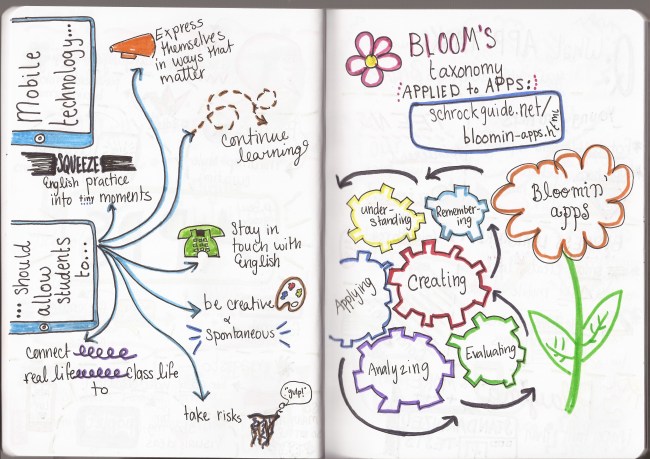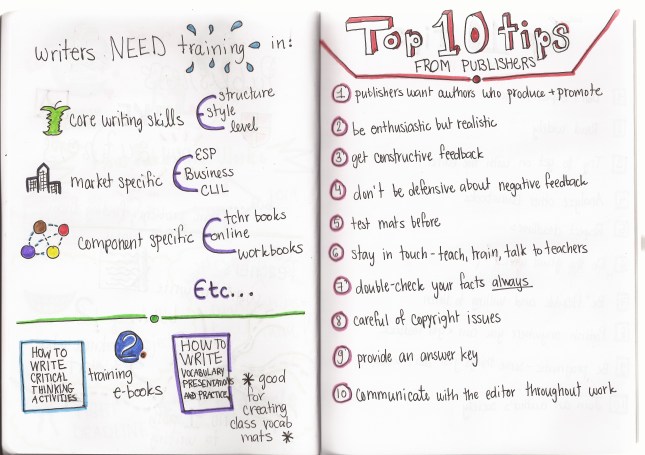It’s happened so often that it just doesn’t bother me anymore. In fact, I’ve come to find it amusing, in a bittersweet sort of way. You know, when you start off with a new client or group, you’re doing the first-lesson introductions and after you say “My name’s so-and-so and I teach business English to adults in companies,” you get one learner who asks innocently “Is that your real job?”
Now, surely they do not mean it as an insult and it’s doubtful that they’re implying that teaching English in companies isn’t in fact “a real job” (whatever that means). In fact, if they’re asking, it’s probably because they’ve likely had teachers/trainers in their past lessons for whom teaching English wasn’t their “real job.” After all, no one asks their doctor “Is this your real job?” simply because they’ve never come across a doctor who was just doing that job because they needed to do something to earn some money. Not the case for some English teachers.
Again, the learners aren’t to blame. It’s an innocent question that reflects their experience. The teachers aren’t to blame either. After all, when you land in a foreign country you may or may not speak the language. You may or may not have qualifications recognized by the system. You may or may not have training and experience in other fields that can be practiced in your new homeland. These problems apply to foreigners (native and non-native English speakers alike) teaching English in a country that is not their own. Unfortunately, in the companies I’ve worked for in France, I’ve never come across a French person who teaches English to other French people, so I don’t know if they too get asked “Is this your real job?” Wait, there was this one French guy I remember way back when I started teaching, in 2004 when I was a student looking for a job a bit better than flipping crêpes . He was French, teaching English to other French people. And he always told clients he was Canadian. But the whole native-speaker requirement to teach is a different question entirely, that I’ve ranted about in another post.
So where does the problem come from? Why is it that respectful, professional adults see nothing wrong with asking their professional trainer (who has been hired by their company to help them learn a skill that will make them more efficient in their job) if the job they are doing is their real job? Probably because English language teaching is a field with very low–even non-existant–entry-level qualifications. After all, I got my first job because I was American. That was the only credential I had going for me, but for the place that hired me, it was sufficient. In fact, for the next six years of my working life, the fact that I was a native speaker got me two other jobs in different places. Then I decided that if this was to be my “real job” I should probably get some training and qualifications.
And so, yes, teaching English to professionals is my “real job.” It’s my career. I know that and my colleague-friends in the ELT world know that, . But without going into the the details of one’s projects, qualifications, past experience and future ELT projects, there’s no way for a client to know if the trainer in front of them is a career ELTer or a “I couldn’t do anything other than teach English” ELTer.
Now don’t get me wrong, I’m not knocking new trainers who are still finding their way into the ELT world. I’m not saying all ELT trainers should dash to get a DELTA, a Trinity DipTESOL, or an MA in TESOL before knowing that the investment is worth it. I’m not knocking employers who give fresh-off-the-pre-service-program trainers their chance to develop themselves. I’m not even knocking those clients who ask “Is this your real job?”. Forgive them for they know not what they do, let’s say.
What I’ve got a problem with is the fact that a trainer with no experience and no qualifications (like me when I started in 2004) gets the same wage as a teacher with years of experience, proper training, and continuous investment in one’s professional development (where I was when I left my last company to go freelance, in 2012). The hourly wage was basically exactly the same.
Fortunately there are some companies out there that recognize quality trainers and are willing to pay salaries that reflect the investment the trainers have made in their career and the quality of the training they provide. I wish there were more companies like that. On the flip side of the coin, there are companies who offer the same salary (give or take a little) to all their trainers. If you want more money, you can look elsewhere, because there will always be some fresh face ready to take your place. Maybe the problem is there. Maybe that’s why clients feel it’s normal to ask “So, is that your real job?”
To finish, a bit of good reading on the same or similar topics from around the web:
TEFLing at 35: A life gone right by Ptefldactyl
ELT Community forum: Is ELT a real profession?
Sandy has a real job, thank you very much!: An interview between Barbara Hoskins-Sakamoto and Sandy Millin
Teachers Tread Water in eikaiwa limbo
The European Profiling Grid project website
And a disclaimer: This post is not meant as a mere rant about ELT conditions in various places around the world. I love my job, I’ve got good work, and a variety of interesting projects going on. Plus, I’ve gotten to the point where I know it’s my real job and I’m happy to invest time and energy to make it so. This post is meant to point out yet another absurdity of our profession that we as teachers can take steps to rectify by being proud of who we are and what we do. We are ELTers and yes, it is our real job!












